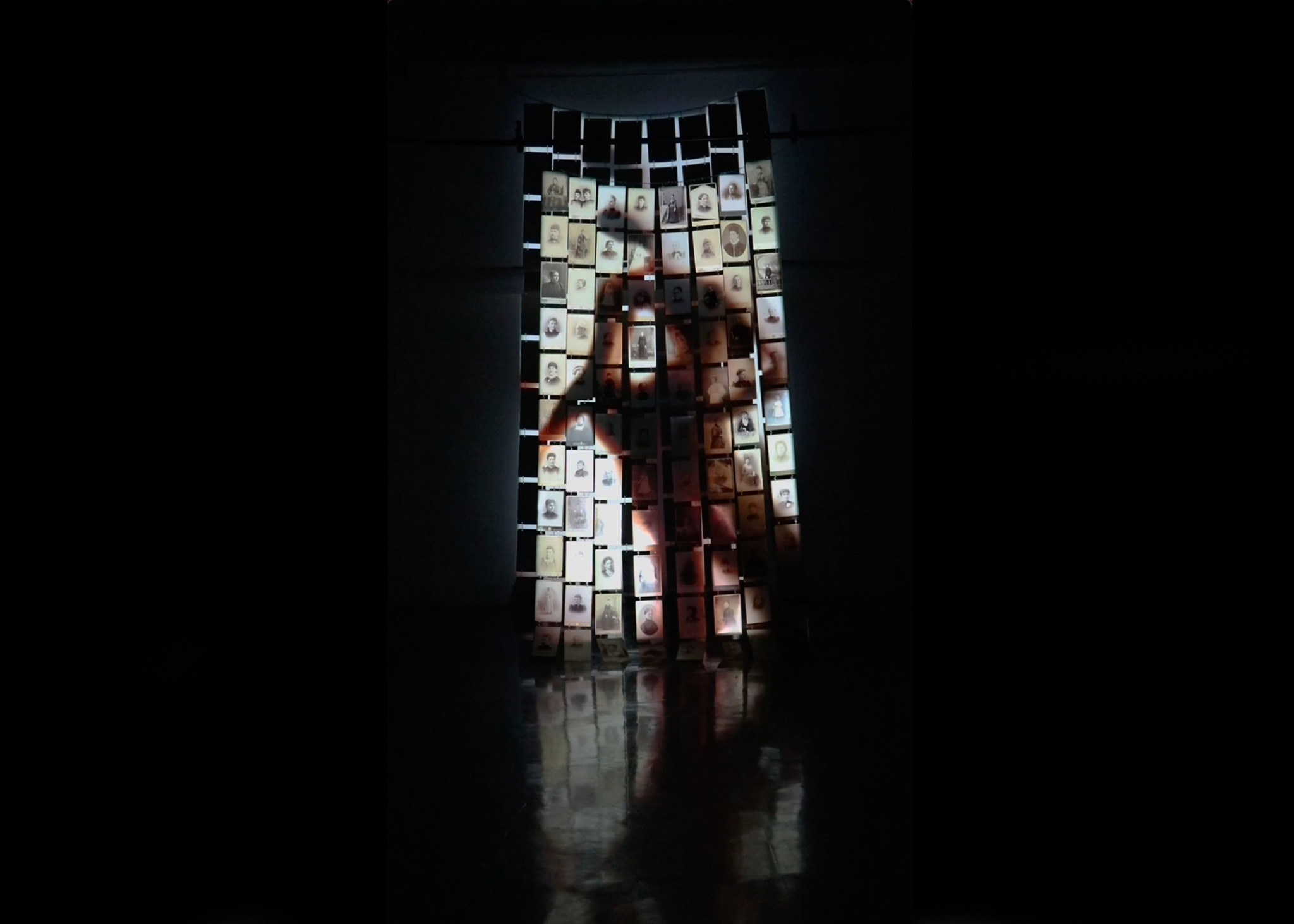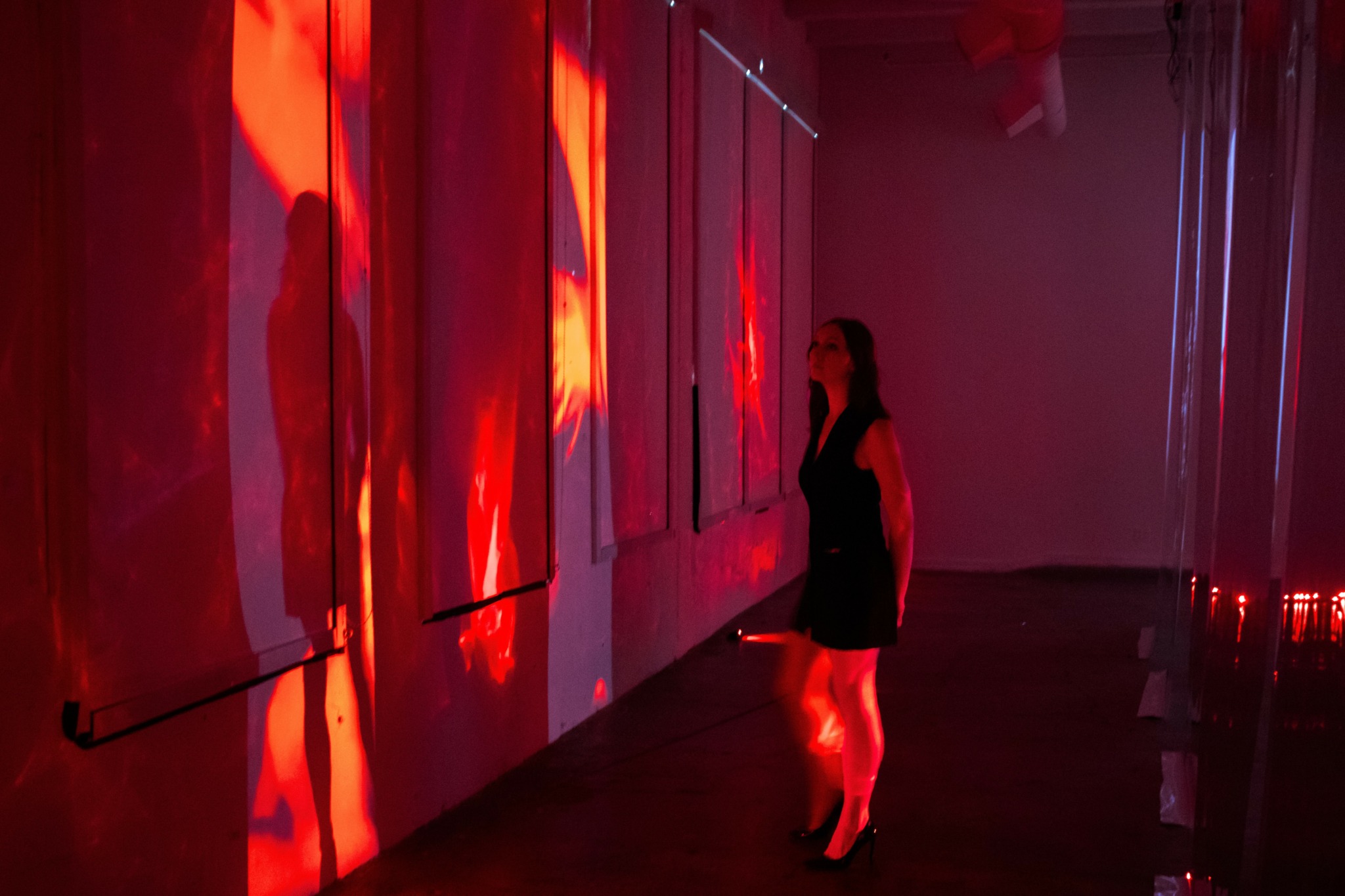We recently connected with Olivia Maday and have shared our conversation below.
Olivia, appreciate you joining us today. Can you open up about a risk you’ve taken – what it was like taking that risk, why you took the risk and how it turned out?
Risk-taking has always been central to my artistic journey. For me, it means trusting my curiosity, intuition, and work itself enough to step into uncertainty. One of the most transformative risks I’ve taken was studying abroad in Hamburg, Germany. Just eight months after uprooting my life in Savannah, GA, to begin my MFA in Boston, MA, I applied to the Art School Alliance Exchange Program—a collaboration between the School of the Museum of Fine Arts at Tufts University and the University of Fine Arts Hamburg. I applied not because it was comfortable, but because I had been taught to never turn away from an opportunity to grow, even while I was still finding my footing in a new city and community.
When I learned I had been selected, I chose to leap into the unknown. Hamburg challenged me in every way—navigating an unfamiliar city, immersing myself in a different artistic culture, and creating work in response to an environment I was just getting to know. Yet, the risk yielded profound rewards, particularly in expanding my global community and deepening my confidence to pursue bold steps in my career. I have since come to understand that traveling to unfamiliar places is an essential part of my artistic journey. Each new city offers a shift in perspective, an opportunity to encounter unfamiliar cultural contexts, and a chance to test the adaptability of my practice. I learn so much from working and exhibiting alongside artists from different backgrounds, whose approaches and perspectives challenge and enrich my own. These experiences have taught me that my practice is not fixed, but very much alive, responsive, porous, and strengthened by exchange. Each journey into unfamiliar worlds reminds me that art is most powerful when it dares to move beyond comfort, embraces vulnerability, and opens itself to transformation.
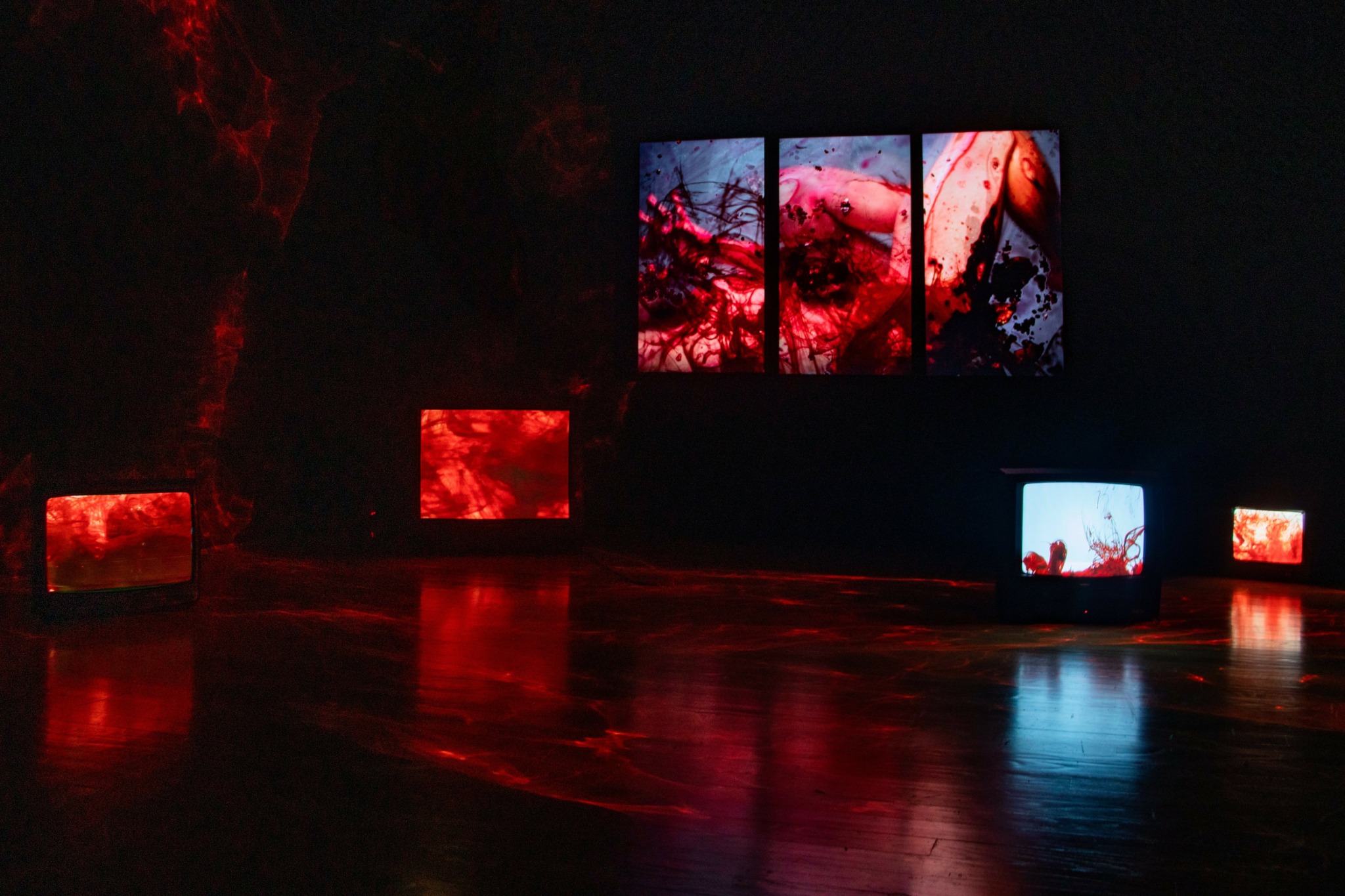
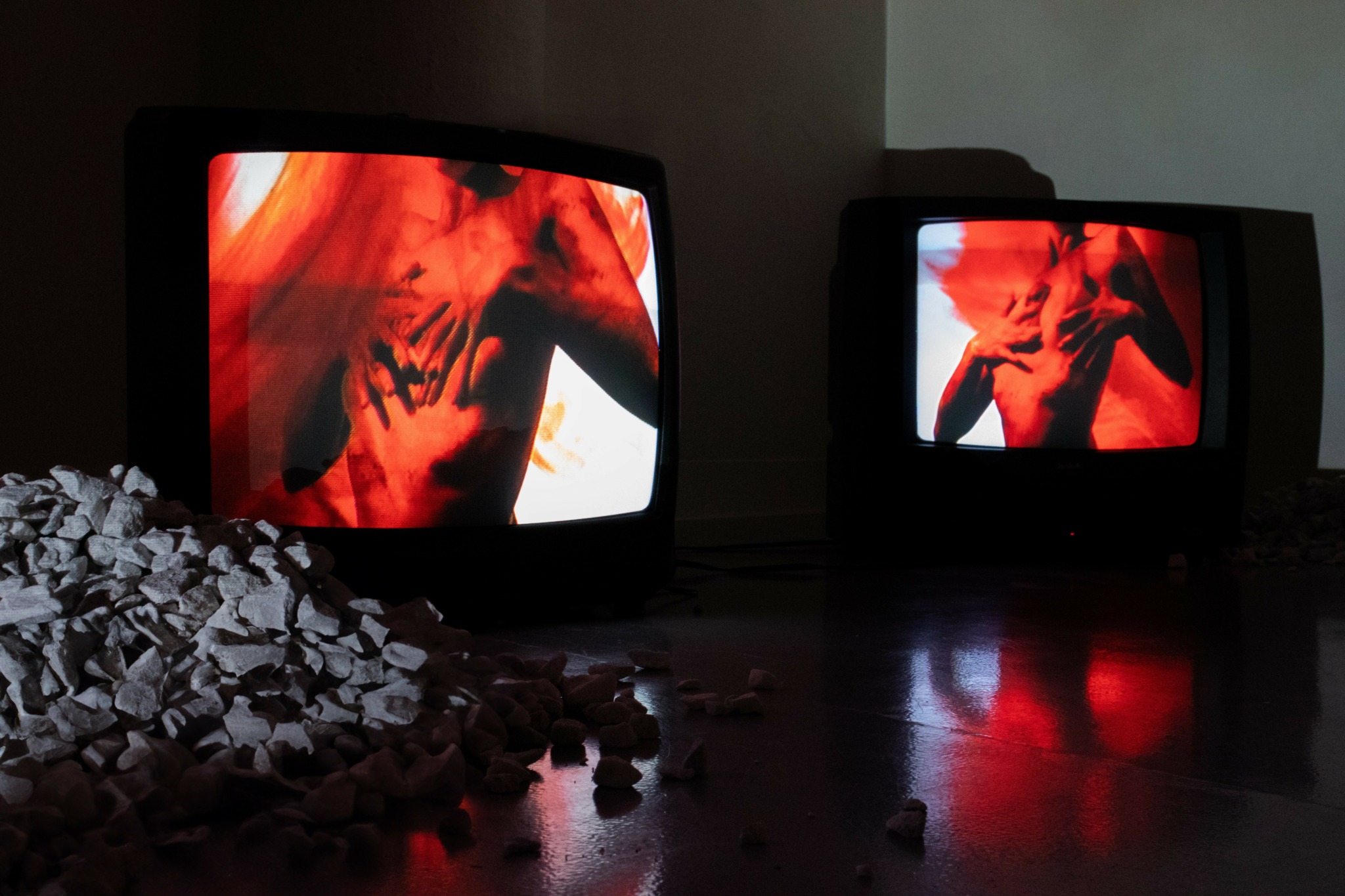
Awesome – so before we get into the rest of our questions, can you briefly introduce yourself to our readers.
I’m a multidisciplinary artist working in video, sound, and installation, currently based in Portland, ME. My practice emerged from a foundation in film and television, where I quickly became aware of the industry’s exclusionary and male-dominated structures. I realized this environment rarely reflected my perspective or made space for women’s voices, and I found myself questioning the stories being told and who was permitted to tell them. In response, I turned to video art, a medium that allowed me to break free from traditional production models and take full ownership of the creative process. From directing and camera operation to acting and editing, it became a space where I could create work that fully embodied my voice and vision.
Conceptually, my work engages with the long history of women’s representation in visual culture. For centuries, the female body has been constructed through a patriarchal lens—idealized, controlled, objectified, and reduced to passivity. My practice resists this history by using the moving image to fracture stillness, dismantle singular narratives, and imagine alternative visions in which women exist in motion, multiplicity, and transformation.
This pursuit further compelled me to move beyond the conventional frame of cinema and approach video as a sculptural practice—one that can occupy space and disrupt legacies of passive media consumption. Multi-channel installation has become central to this approach, immersing viewers within the environments I create and transforming spectatorship into an embodied, active encounter.
Visually, my work navigates the dichotomy between beauty and the grotesque. I employ the grotesque as a strategy of disruption—challenging and rejecting the art historical nude, which has long rendered women objects of desire and consumption. At the same time, it functions as a reminder of the violence against women embedded within male-authored art. By reclaiming symbols of blood, flesh, and fragmentation, I seek not only to confront this history but to transform it, invoking a visceral sense of women’s power, rage, and retribution.
I hold a deep conviction in art’s capacity to reshape cultural narratives and to open new pathways for perception and understanding, and I take pride in having built a practice committed to that pursuit. My work not only challenges entrenched systems of representation but also insists on complexity, agency, and transformation. What I value most are the ways my work has cultivated spaces for dialogue that honor women’s power while simultaneously expanding the possibilities of the moving image.
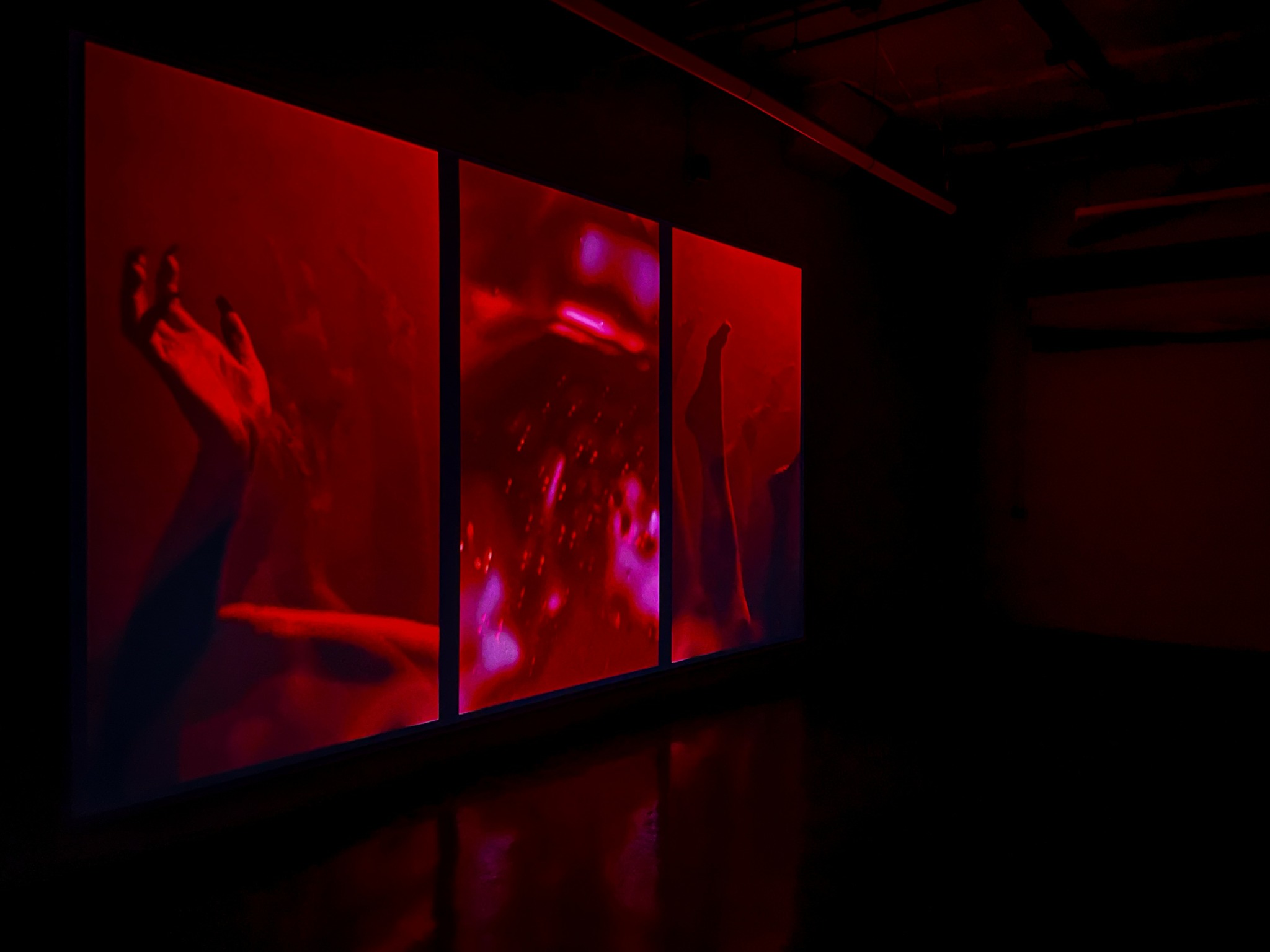

Do you think there is something that non-creatives might struggle to understand about your journey as a creative? Maybe you can shed some light?
All my life, I’ve said that when I grew up, I wanted to be an artist. What can be difficult for those outside the creative world to grasp is that art does not always take the shapes we expect, nor reside in the forms most easily recognized. Video art, in particular, often resists easy categorization. My own journey—moving from film and television production into a fine art practice—has meant inhabiting a space that is sometimes misunderstood or overlooked. Within the world of fine art, video can be dismissed as too commercial; within film, it can be regarded as too abstract. Yet to me, that very in-betweenness is its power.
Video art demands the same rigor, intentionality, and vision as any celebrated medium. It requires the technical mastery of filmmaking, the conceptual framework of contemporary art, and the vulnerability of performance. To stand firmly in this space is to insist that video is not simply a tool of entertainment, but a site of experimentation, dialogue, and innovation.
What I hope for others to understand is that my practice is a commitment to my own voice and the devotion to my craft, even when it defies conventional categories. In embracing this path, I have become what I’ve always longed to be: an artist, fully inhabiting and shaping the dream I’ve carried since childhood.

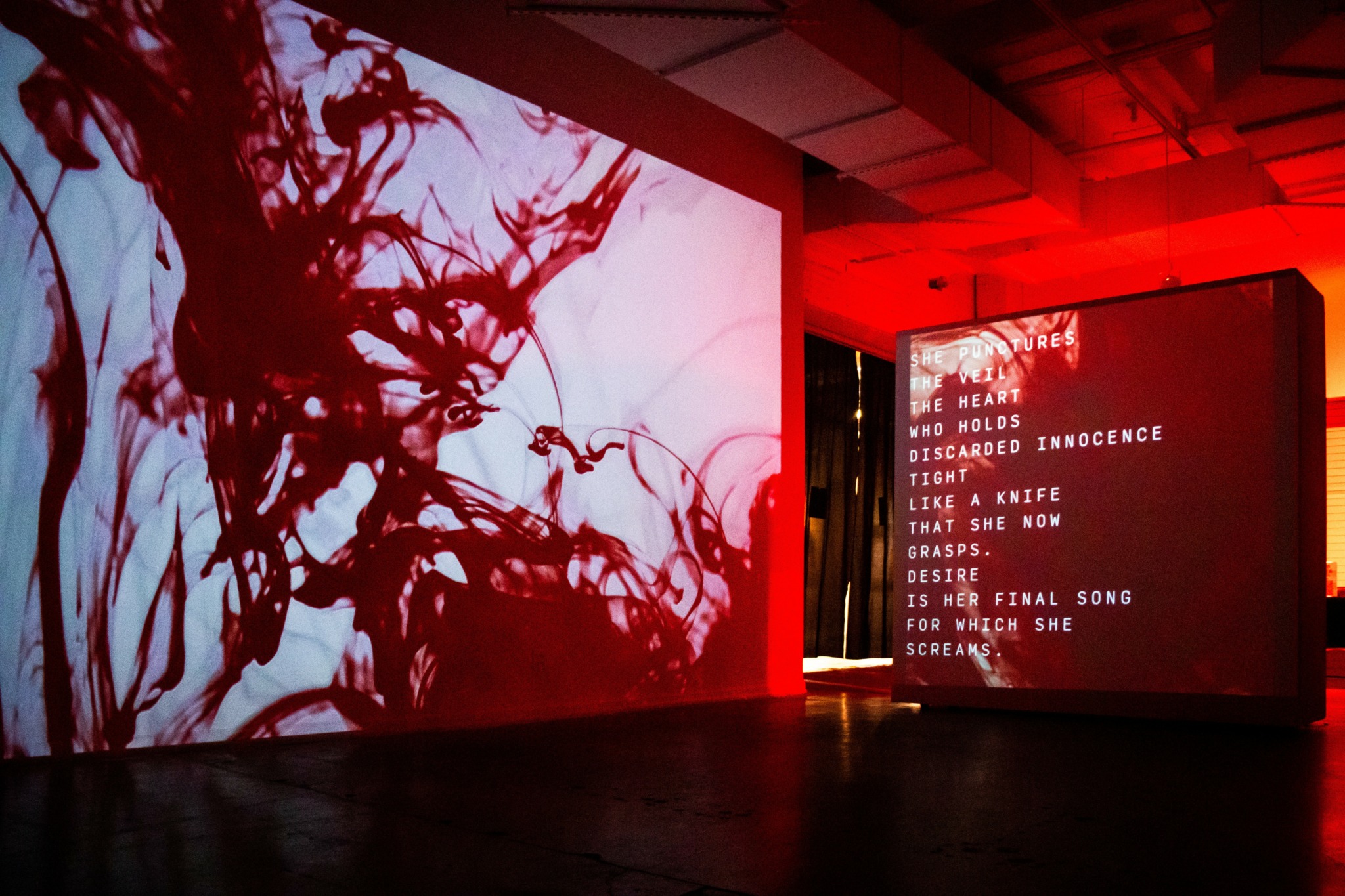
In your view, what can society to do to best support artists, creatives and a thriving creative ecosystem?
A thriving creative ecosystem begins with accessibility. Too often, art is treated as a privilege, upheld by institutions and structures that make it inaccessible to many. Art should not exist as an enigma or a closed system, but as an open invitation—one that moves audiences through the power of its imagery and the depth of its ideas. When accessibility takes center stage, art reaches its fullest potential as a space for dialogue, reflection, and collective transformation, becoming a force capable of reshaping society itself.
Along with accessibility, we must confront the privilege and structural barriers that shape who can create art. The ability to dedicate time, resources, and energy to artistic practice—without guaranteed financial stability—is a reality only available to some. Paywalls, application fees, and insufficient funding further restrict participation, preventing many talented voices from contributing to the cultural conversation. Supporting artists and the ecosystems they inhabit means dismantling these barriers and creating systems that allow more people to pursue creative work sustainably. This includes equitable funding, and affordable access to education, facilities and exhibition opportunities. By removing these obstacles, society not only nurtures a more diverse and vibrant artistic community but ensures that creativity is not just a luxury for the few, but a possibility for all.
Contact Info:
- Website: https://www.oliviamaday.com
- Instagram: @Olivia_Maday
- Linkedin: http://linkedin.com/in/olivia-maday
- Other: Vimeo: https://vimeo.com/user206359115?fl=pp&fe=sh
